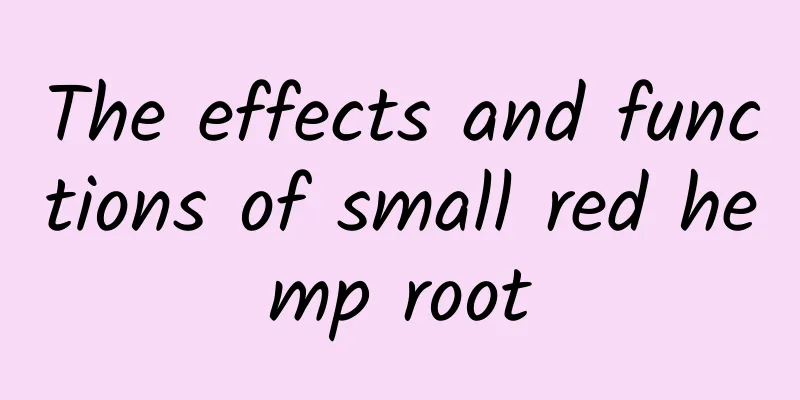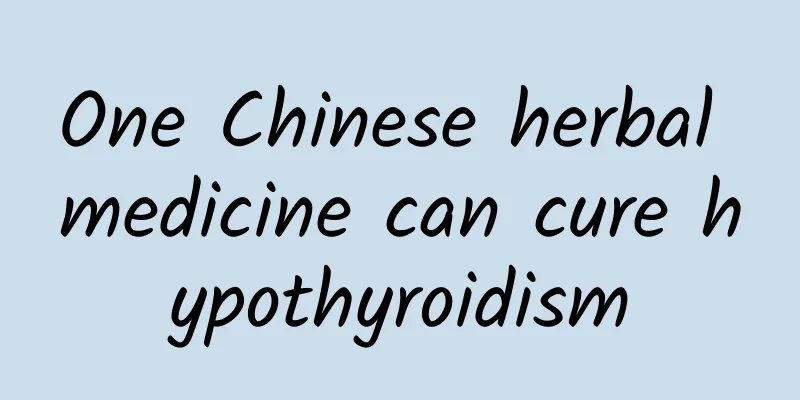The efficacy and function of the split leaf heart wing fruit

|
We know that there are many kinds of Chinese medicinal materials, and Split-Leaf Heart-Winged Fruit is one of them. In order for the split-leaf heart-wing fruit to play its role correctly and scientifically, it is necessary to master its consumption method, because different medicinal materials have their own unique nutrition and efficacy. Let’s study it below. [Source] Medicinal material source: the whole plant of Cornaceae. [Original morphology] The heart-winged fruit is a glabrous herbaceous vine with white latex. Simple leaves are alternate; petiole is 4-10cm long; leaf blade is cordate or cordate-triangular, 7-12cm long, 5-8cm wide, with long acuminate tip, cordate base, folded upward at the upper end of the petiole and on both sides, with 3-5 lobes on the margin, the apical lobe is larger, the two basal lobes are auricular-rounded, green on both sides, with 5 basal veins, midrib with 1-2 pairs of lateral veins, the veins on both sides are branched, and slightly raised on both sides. Cymes are axillary, with peduncles 5-10cm long. The bisexual flowers are small and white; the flower buds are nearly spherical and yellow-green; the sepals are ovate, about 2mm long and fused at the base; the petals are ovate, about 2.5mm long, obtuse or rounded at the apex, and thinly membranous at the edges; there are 5 stamens; the ovary is elliptical and slightly quadrangular. The winged fruit is obcordate, 2-3cm long, 1.5-2cm wide, golden yellow, shiny, with a persistent calyx. Above the calyx is the fruit axis, which is extended from the ovary stalk when the fruit is formed, 1-2mm long, and below the calyx is a very short fruit stalk. The flowering period is from May to November, and the fruiting period is from October to March of the following year. [Habitat distribution] Ecological environment: Growing in sparse forests in valleys at an altitude of 150-860m, limestone mountain forests, gully edges and roadside thickets. 【Nature and flavor】 Bitter; neutral 【Functions and indications】Detoxification and swelling reduction. Mainly used for sores, carbuncle and swelling 【Usage and Dosage】 For external use: grind appropriate amount into powder and apply to the affected area. 【Excerpt】 Chinese Materia Medica After reading the above article, I believe everyone has basically understood the effects and functions of the split-leaf heart-wing fruit, right? The medicinal value of the split-leaf heart-wing fruit is extremely high, but it is not suitable for everyone. You should judge based on your own actual situation. I hope everyone will pay attention to this. |
<<: Effects and functions of Oxytropis falcatus
>>: The efficacy and function of Diplocoriaceae
Recommend
A microwave oven is the key to 2-nanometer chip manufacturing
A home microwave oven modified by scientists is h...
Keep warm and keep warm? Be careful! This "cycling magic tool" has many hidden dangers, and many people are using it →
As the weather gets colder, many citizens who rid...
A large neck, is it because you are fat or sick?
Nowadays, girls are paying more and more attentio...
Wild sea buckthorn soaked in wine actually has great effects!
An ancient poem says: "Let's get drunk w...
Jinlv Consulting: Statistics and monitoring of online travel agency website coverage in September 2012
According to the latest Alexa statistics from Jin...
An electric mosquito swatter has several thousand volts of electricity, so why doesn’t it hurt people?
It is the hottest time of the summer. In addition...
The efficacy and function of wild cucumber
In fact, the occurrence of many human diseases is...
There are so many types of myopia glasses. Which one is suitable for your child?
Nowadays, there are many myopia glasses available...
Is bacon "real meat"? Is it harmful to the body?
Enoki mushroom bacon rolls, bacon rolled mashed p...
Klaviyo: 11 Ways to Boost E-Commerce Revenue
Consolidating the technology stack Deliver releva...
The World Health Organization says walking is the best exercise? It depends on how you walk
gossip We often hear this statement: WHO says wal...
The first domestically produced special medicine for COVID-19 is approved: seizing the 10-day golden treatment period!
On December 8, my country's first novel coron...
If you catch a cold 6 times a year, your immune system is weak? Wrong! Here are 4 things you should do →
Many parents are always worried about why their c...
What to do if your child's urethra is red and swollen
If parents do not pay attention to their children...
A sudden earthquake of magnitude 4.1 occurred in Huizhou, Guangdong Province in the early morning! Please master the golden 12 seconds for self-rescue
According to the official measurement of China Ea...









